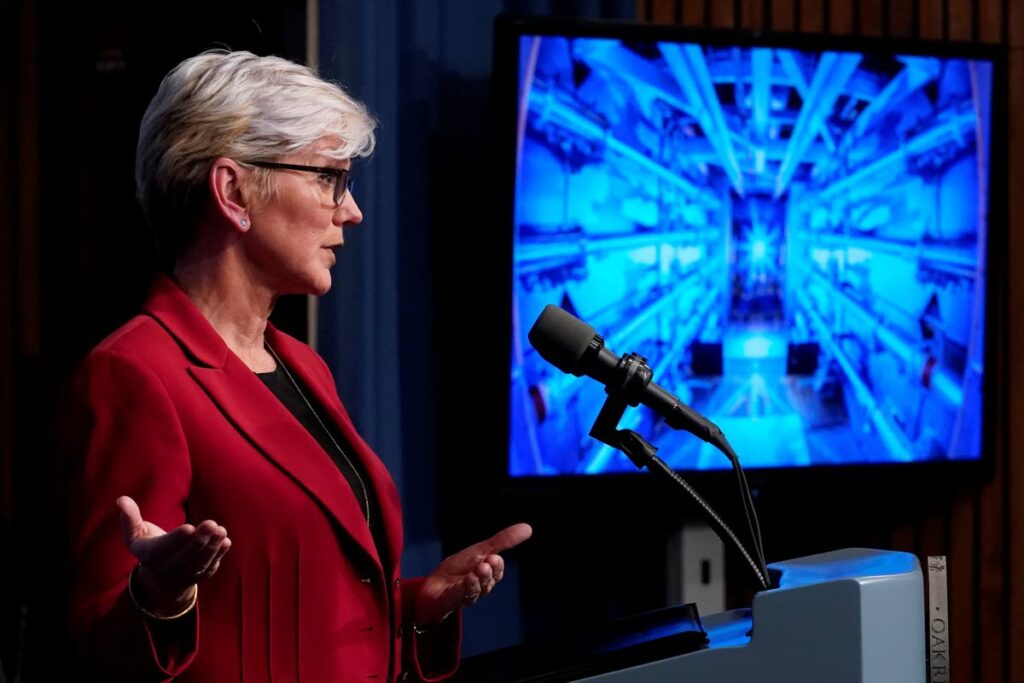A brighter sun

AT 1.03 am on December 5, giant lasers at a laboratory in America blasted a cylinder containing a particle of hydrogen.
The beams vaporised the cylinder, producing an onslaught of X-rays which compressed the hydrogen. For a moment, a flood of neutron particles – the product of fusion – ensued and there was a substantial energy gain.
When it was over, a milestone in reproducing the power of the sun had been passed.
Tuesday’s announcement by California’s Lawrence Livermore National Laboratory sparked international excitement.
Inside the sun and other stars, fusion continually transforms hydrogen atoms into helium, producing the light and warmth that bathes our planet.
If this source of energy can be deployed on a large scale, it would mean humanity could eliminate the burning of fossil fuels and could avoid producing radioactive waste from nuclear power plants.
We are one step closer to brighter days.
It all comes just in time for the winter solstice, the shortest day in the year, which in ancient cultures all over the world once marked the symbolic death and rebirth of the sun.
But as dramatic as this week’s announcement was, don’t expect things to change overnight.
For a long time, scientists were unable to generate enough energy to outweigh the energy consumed by the generation process.
It has taken decades to arrive at this point, as well as billions upon billions of dollars, and it is likely it will take decades for fusion to become widely available on a practical scale, if ever.
Meanwhile, the demand for energy continues to rise.
After falling by about one per cent in 2020 owing to the impact of the covid19 pandemic, global electricity demand rose by close to five per cent this year, according to the International Energy Agency. Most of this increase in demand comes from the Asia Pacific region, primarily China and India.
But the problems caused by carbon emissions from the power sector are global.
There is a push to embrace renewable power and to wean the world off oil and gas. Yet the pace of progress is not fast enough. Renewable sector growth has only exceeded demand growth twice, emissions continue to rise, and international co-operation is faltering.
While this month’s breakthrough is a hopeful thing, it might also ironically precipitate an even more frenzied exploitation of fossil fuels.
Locally, the Government last week announced the signing of a major solar-project agreement with a consortium of firms that have traditionally been aligned with fossil fuels. We need more projects like this one.
But such transactions, if they are to be anything other than “greenwashing,” should involve real, sincere change, driven by actors who can truly help us reach for the stars.


Comments
"A brighter sun"